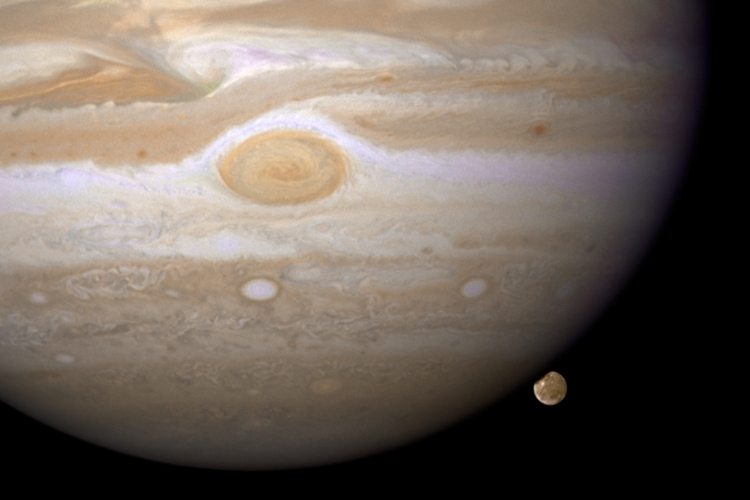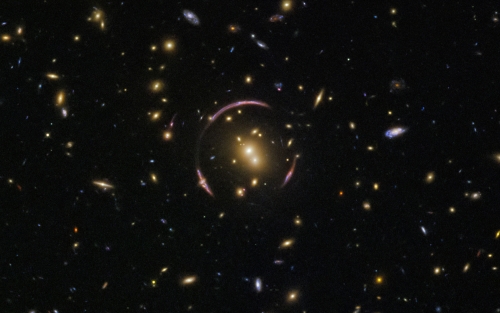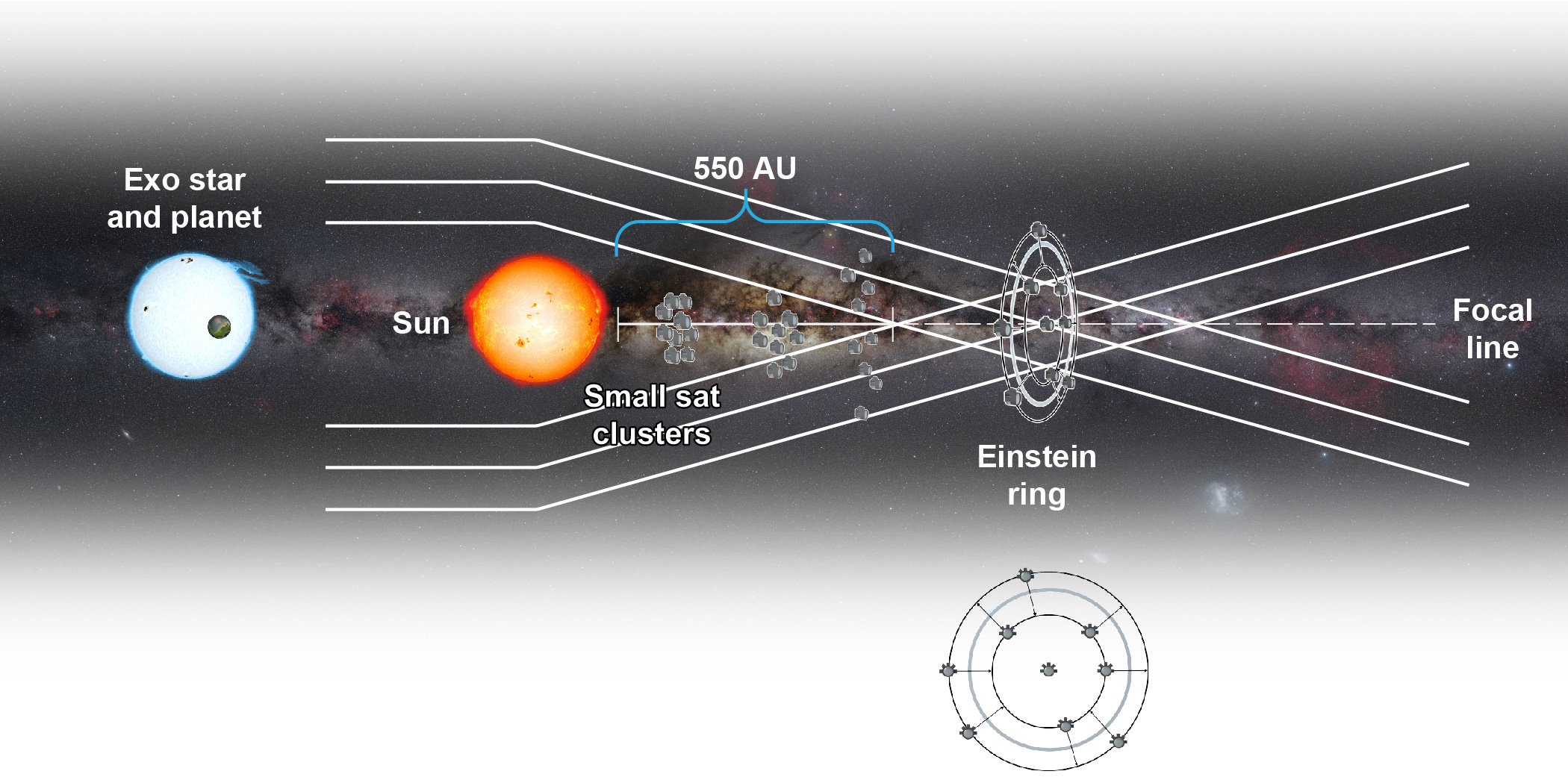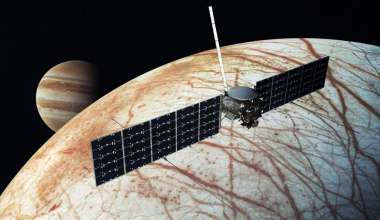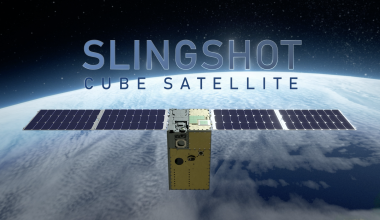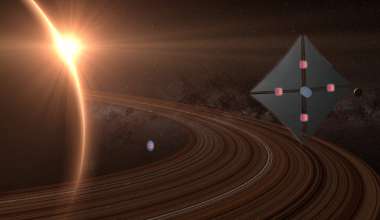When Galileo pointed his homemade telescope at Jupiter and its moons more than 400 years ago, he fundamentally changed how humanity viewed its place in the cosmos. Since then, astronomers have learned to peer farther and farther into the reaches of the universe, first by building better telescopes, then by launching them into space. These efforts have resulted in the discovery of thousands of planets orbiting distant stars. Each tantalizing discovery has spurred a desire to know more about these exoplanets — but their incredible distance makes it hard to get a clearer view.
Scientists at NASA's Jet Propulsion Laboratory (JPL) have proposed a different approach: rather than launch a telescope into space, why not use the properties of gravity as a telescope?
Concept of a Solar-Gravity Lens
As Einstein pointed out, light is not immune to the effects of gravity, but will be redirected when transiting near sufficiently massive objects. So, light coming from far beyond the sun will bend if transiting near its periphery, eventually converging to a focal region — just as if it had passed through a lens. If a light-sensing instrument could be placed at the focal region, it could capture images of planets tens or hundreds of light years away with surface resolution down to the scale of a few kilometers.
A team at The Aerospace Corporation has been collaborating with JPL to explore the feasibility of such a solar-gravity lens. “The concept,” said Tom Heinsheimer of the Civil Systems Group Development Directorate, "is either completely crazy or the next big thing." The "crazy" aspect stems from the fact that the sun is not all that massive, as far as stars go, and exerts a relatively small influence on the light passing by. As a result, the focal region (or ring, actually) begins at about 550 astronomical units (AU) away—roughly the distance of three light-days. One AU is the average distance from the center of the Earth to the center of the sun, about 93 million miles or eight light-minutes.
Solar Gravity Lens Concept
Solar Gravity Lens Project Challenges
The obstacles to such a mission are significant but not insurmountable. The first hurdle is simply getting a detector to the desired location in a reasonable amount of time. Traversing 25–30 AU per year would get it there in about 20 years — even in the space industry, that is considered a long time — and that rate of travel has never been achieved. "Navigation is not a trivial matter," said Heinsheimer.
The detector will need to know its precise location with regards to a solar system that is constantly in motion. Once in position, it will continue to travel along the line of sight for many years, collecting reams of data that will have to be sent back to Earth. All of this will take power, which must be generated far from any star.
Addressing these challenges will require some innovative thinking and savvy systems architecting. Aerospace is analyzing various options and the most promising one at this point involves not a single large spacecraft but a fleet of small ones defining a cluster and a set of clusters in a string-of-pearls arrangement. A spacecraft under 10 kilograms could perhaps make use of a solar sail to achieve the needed velocity. For maximum efficiency, the sail could possibly be repurposed during the active mission phase—for example, to restructure antennas or expand the sensor plates.
Spacecraft Travel to Exoplanets
Navigation could make use of X-ray pulsars, which would essentially function as GPS beacons in deep space. Mission functions could be distributed among the spacecraft, so some units could be dedicated to navigation, shepherding the entire flock to their destination. Clusters of spacecraft could be launched on a regular schedule; that would lower costs and encourage participation from across the space community. It would also enable scientists to target multiple planetary systems within the same exo-solar system at the same time. As for system reliability spanning multiple decades, "that's not unreasonable," Heinsheimer said, noting, "once you get out there, nothing bad happens."
Moreover, the technologies involved in the distributed swarm — longevity, agility, autonomy, and self-learning — could revolutionize the space industry as a whole and significantly advance national security space objectives.
NASA Grant for Solar Gravity Lens Mission
Aerospace and JPL have been awarded a Phase 2 NASA Innovative Advanced Concepts grant to study the feasibility of the solar-gravity lens mission. JPL will focus on the science — for example, selecting candidate planets and processing the data — while Aerospace will tackle the technology — the architecture, operational concept, instrumentation, costs, schedule, and risks.
The results of such an endeavor are still many decades away. Still, if successful, the solar-gravity lens could conceivably detect geologic features, seasonal patterns, and maybe even signs of civilization on a distant world. If so, humanity may find its place in the cosmos fundamentally changed yet again.
